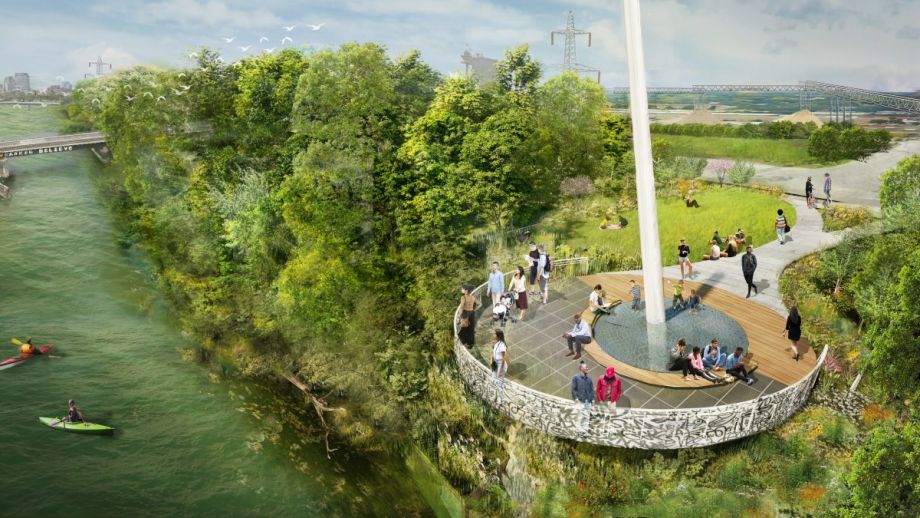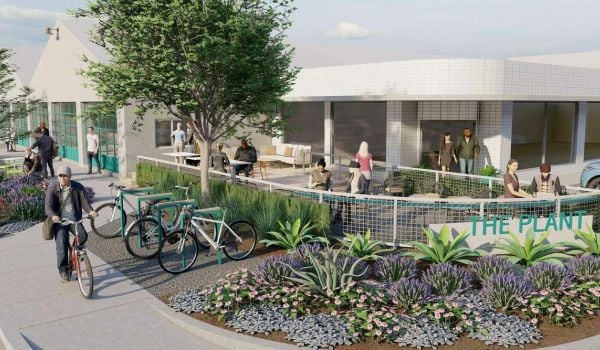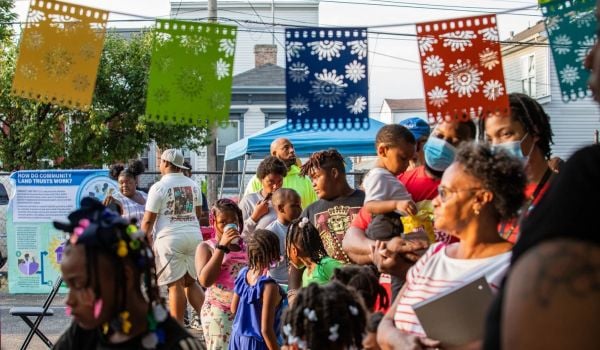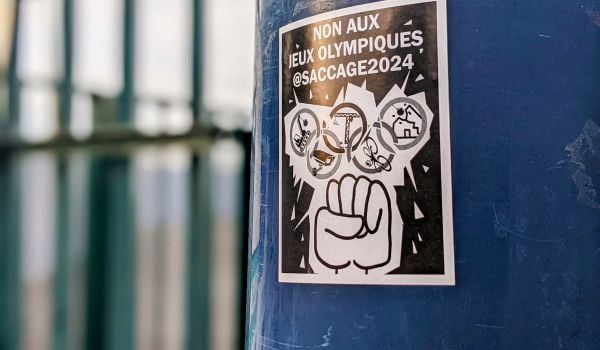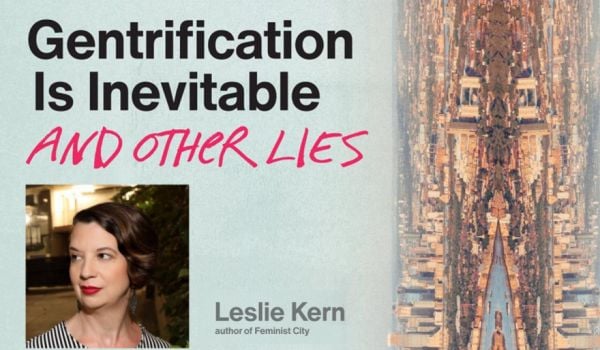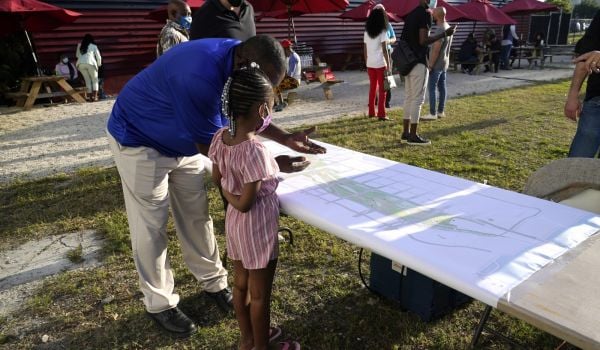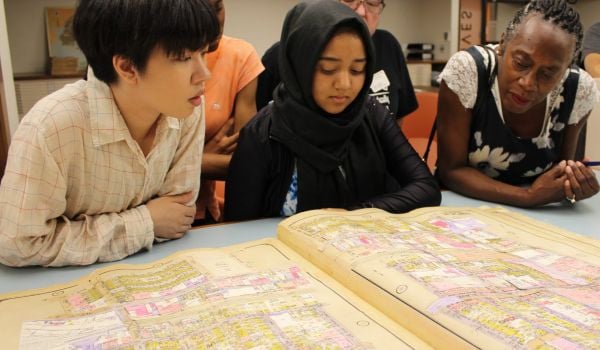It’s an undeniable fact: Green spaces are crucial to our health and wellbeing.
Again and again, researchers have found that access to urban green spaces – from parks to gardens to greenways – positively impacts multiple measures of health, such as community satisfaction, social cohesion and access to healthy foods. Having a stable, quality place to call home is associated with various positive life outcomes, from lower mortality rates to lower rates of drug use.
However, in a process known as ecological, green or environmental gentrification, green amenities can contribute to gentrification and, over time, the displacement of low-income residents. But, perhaps counterintuitively, green gentrification can also exacerbate inequities in health, finances, quality of life and — ironically — access to green spaces.
Cities can experience green gentrification in different ways throughout their development. Even as increasing urban green spaces can help improve well-being, by displacing and pricing out residents, doing so in a way that leads to gentrification can cause serious public health concerns. For example, scholars describe how green gentrification and possible displacement can lead to psychosocial and physical health consequences. A scoping review on green gentrification and health examines numerous studies wherein residents experience a lower sense of community, diminished sense of belonging and less green space usage among long-term residents.
This collection of circumstances results in the potential for greener cities to become out of residential reach for many people. Green gentrification, then, may produce the inequalities that perpetuate environmental injustice and health disparities, endangering the very residents these greening projects were originally designed to benefit.
The Centers for Disease Control and Prevention describes gentrification as a “housing, economic, and health issue that affects a community’s history and culture and reduces social capital” and “has the potential to cause displacement of longtime residents and businesses.” It also has a dynamic interaction with public health and environmental quality. Researchers have linked gentrification to health concerns such as alcohol use, psychosocial factors, preterm births, mental health and self-reported health outcomes.
To support health equity as the pathway for everyone to achieve optimal health, cities must address the factors that diminish affordable housing and the consequences of green gentrification.
Green spaces are not the sole factor involved in gentrification and possible displacement. In some cases, pre-existing circumstances can prime gentrification prior to urban greening efforts. This “green gentrification cycle” reflects a complex dynamic where gentrification can precede or be the result of urban greening efforts. Likewise, decades of underinvestment where communities lack quality grocery stores, access to clean water, essential infrastructure and livable wages are often at play.
An appeal to make cities “just green enough” argues that we should scale urban greening efforts so they environmentally improve communities, without attracting luxury real estate developers or triggering spikes in housing costs. Many cities continue to experience the tension related to this vision not being achieved. For example, although affordable housing was initially a part of the vision of the Atlanta Beltline, a shift in priorities and a state ban on rent control (among other factors) diminished this commitment. Unfortunately, gentrification can prompt residential displacement, which further marginalizes communities that do not feel heard, acknowledged and a part of the city’s vision for the future.
Hoping to combat green gentrification, many cities are exploring “parks-related anti-displacement strategies.” Other strategies involve inclusionary zoning near large parks, which require new developments to allot a percentage of units (for example, 20%) to become deed-restricted affordable units. However, some critics argue that a higher percentage of units should be dedicated to affordable housing.
Another approach involves competitive grants to fund green space projects that incentivize cities to implement anti-displacement strategies and in-depth community engagement to identify potential displacement risks beforehand. In Los Angeles County, cities applying for grants to fund parks and green infrastructure are encouraged to adopt such strategies, but it is too early to determine whether these incentives have been successful. Others recommend laws to support rent stabilization, eviction protection, legal aid to tenants and strategies to cap property taxes. In Atlanta, grassroots organizations discuss and outline policy changes to protect tenants and homeowners who experience green gentrification.
Let’s be clear. Improving neighborhoods is not the fundamental problem with gentrification and possible residential displacement. It’s the systemic force that aims to set the bar of who has long-term access to quality environments and affordable housing. In working to mitigate the consequences of green gentrification, we can allow people across the socioeconomic spectrum to access quality environments where they can live, thrive and build a life they’ve worked hard to create.
Viniece Jennings is an assistant professor at Agnes Scott College. Alessandro Rigolon is an associate professor at the University of Utah. Na’Taki Osborne Jelks is an assistant professor at Spelman College.

